Summary
Standing at an impressive elevation of 11,946 feet (3,641 meters), it is a popular destination for mountaineers and outdoor enthusiasts. The peak is known for its distinct pyramid shape, making it easily recognizable from a distance. With a summit area spanning approximately 1.5 square miles, it offers a challenging yet rewarding climb for experienced climbers.
During the winter season, Lone Eagle Peak experiences a diverse snowpack range. Snowfall typically begins in late fall and lasts until early spring, with average snow depths ranging from 5 to 8 feet (1.5 to 2.4 meters). The snowpack conditions can vary depending on factors such as elevation, slope aspect, and prevailing weather patterns. The melting snow from the peak feeds into several nearby creeks and rivers, including the Roaring Fork River and the Colorado River, contributing to their water levels during the snowmelt season.
The name "Lone Eagle" is derived from an interesting piece of history. It is said that the peak was named after Charles Lindbergh, the famous aviator who was nicknamed the "Lone Eagle." This connection to Lindbergh adds an intriguing aspect to the mountain's lore. Numerous legends and stories surround Lone Eagle Peak, with tales of hidden treasure and mythical creatures said to inhabit its slopes. While these stories may add to the mystique of the mountain, they should be taken with a grain of salt and enjoyed as part of the rich folklore associated with this majestic peak.

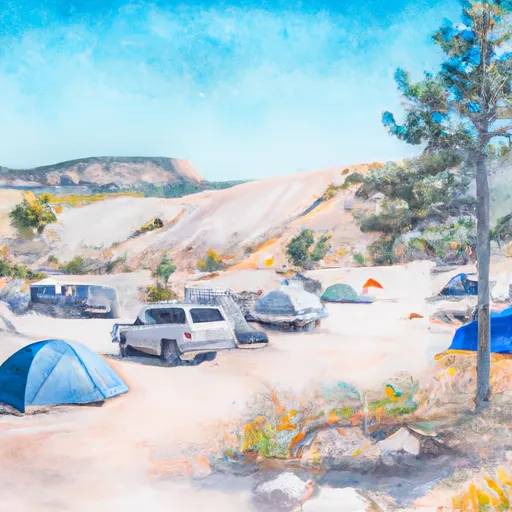 Site H4
Site H4
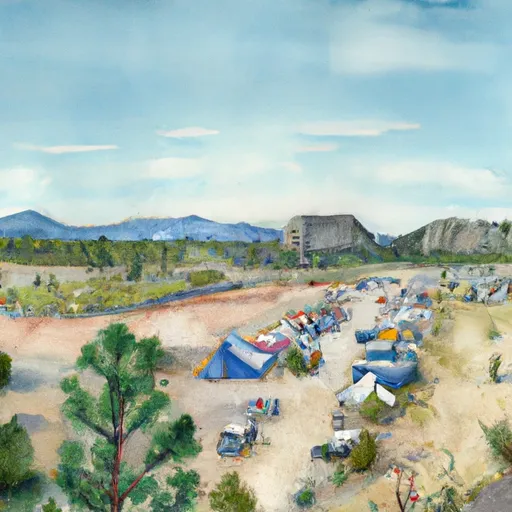 Site 26
Site 26
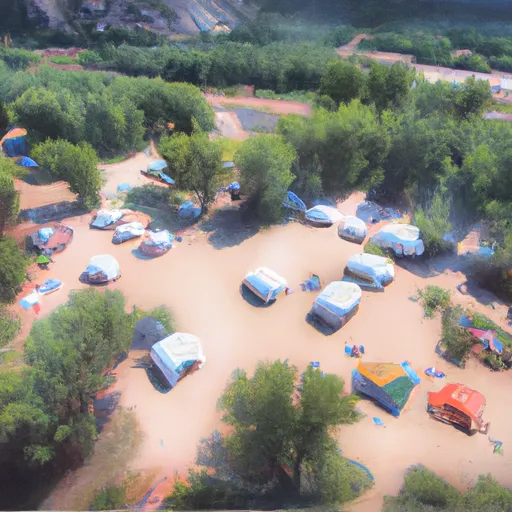 Site W8
Site W8
 Pawnee
Pawnee
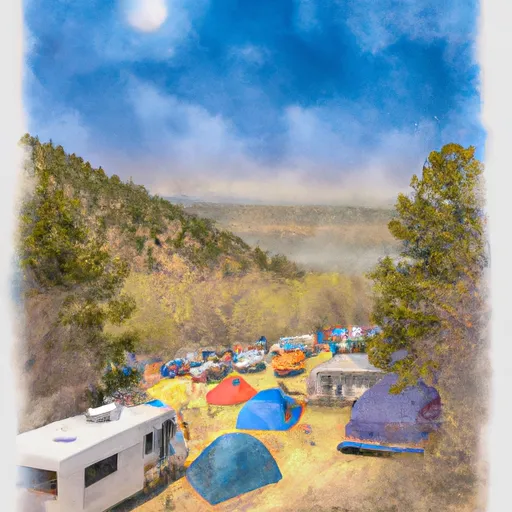 Site W7
Site W7
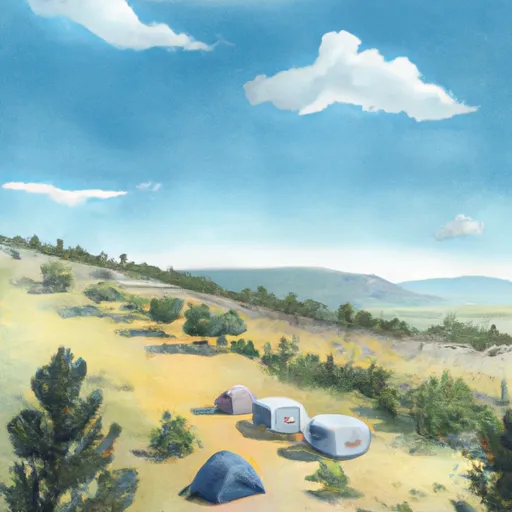 Site 289
Site 289
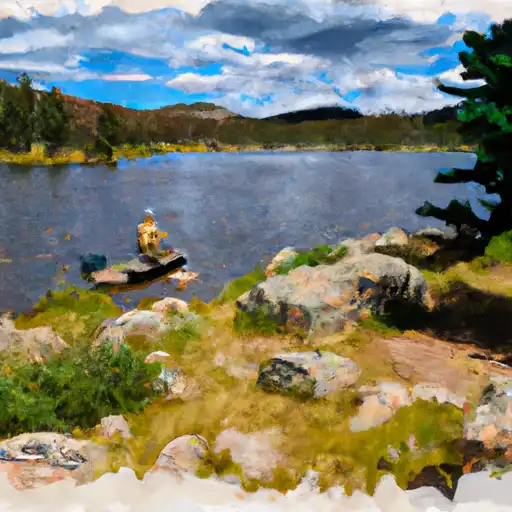 Lake Isabelle - IPWA
Lake Isabelle - IPWA
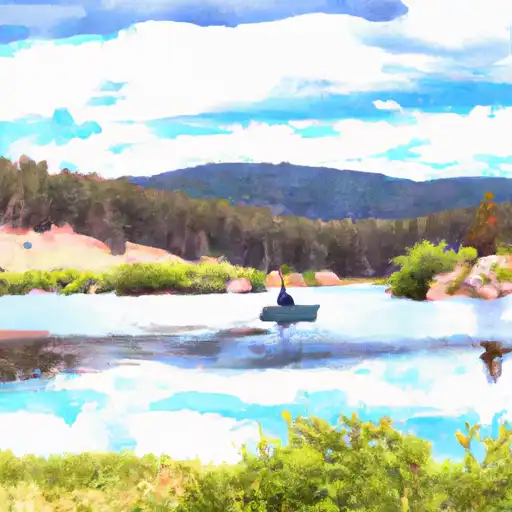 Blue Lakes - IPWA
Blue Lakes - IPWA
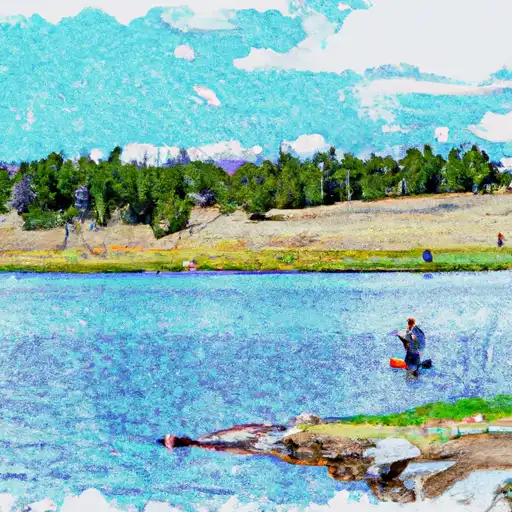 Coney Lakes - IPWA
Coney Lakes - IPWA
 Mitchell Lakes - IPWA
Mitchell Lakes - IPWA
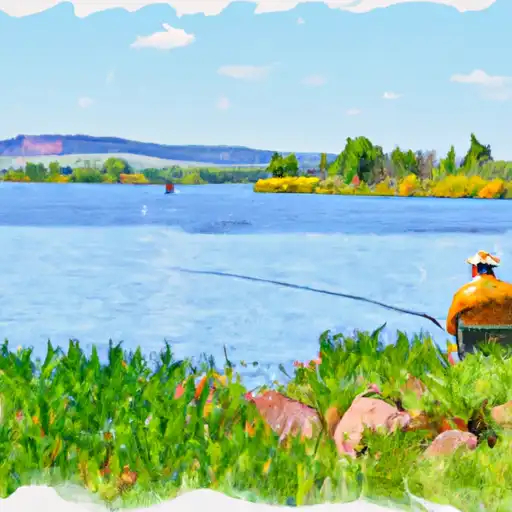 Long Lake - IPWA
Long Lake - IPWA